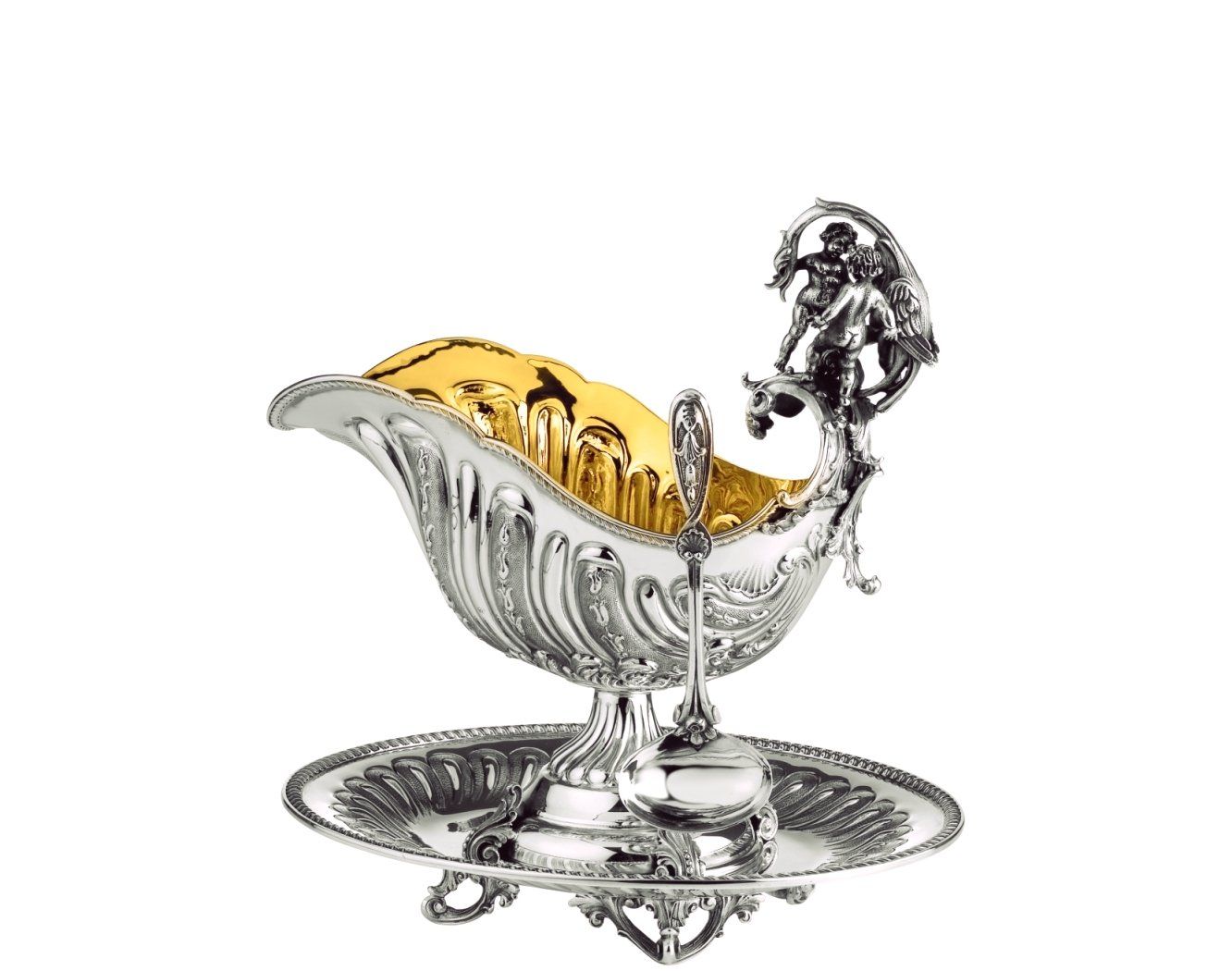Silver is one of the best-studied and studied materials. It has also had symbolic value for centuries. And undeniable value in cash. Therefore, silver is present in many homes, including in the form of tableware – cutlery and accessories. Sometimes even pieces of tableware, such as saucepans and creamers. However, is silverware healthy? Is its use beneficial to health? What do scientists and recent studies say about the use of silverware? Does prestige and beautiful appearance go hand in hand with health benefits?
Silver cutlery – a symbol of prestige, status and wealth
For centuries, silver has been regarded as a symbol of luxury and prosperity. Therefore, silverware or tableware was a sign of high social status, elegance and prestige. However, this material was valued not only for its beauty and value, but also for its extraordinary properties. Already in antiquity, silver was believed to have a protective effect and the power of “purification.” Hence it was attributed magical significance, the ability to ward off evil spirits or neutralize poisons.
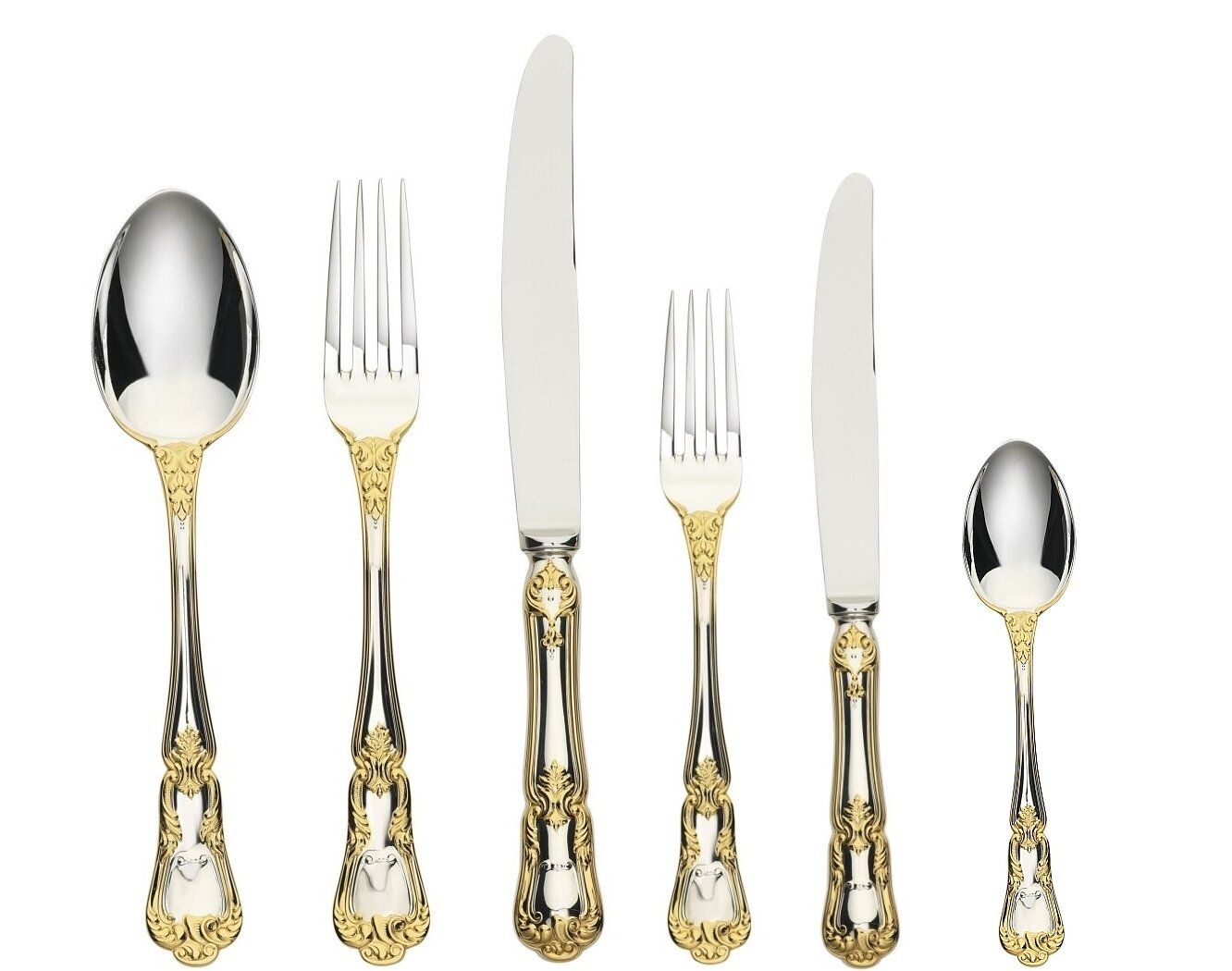
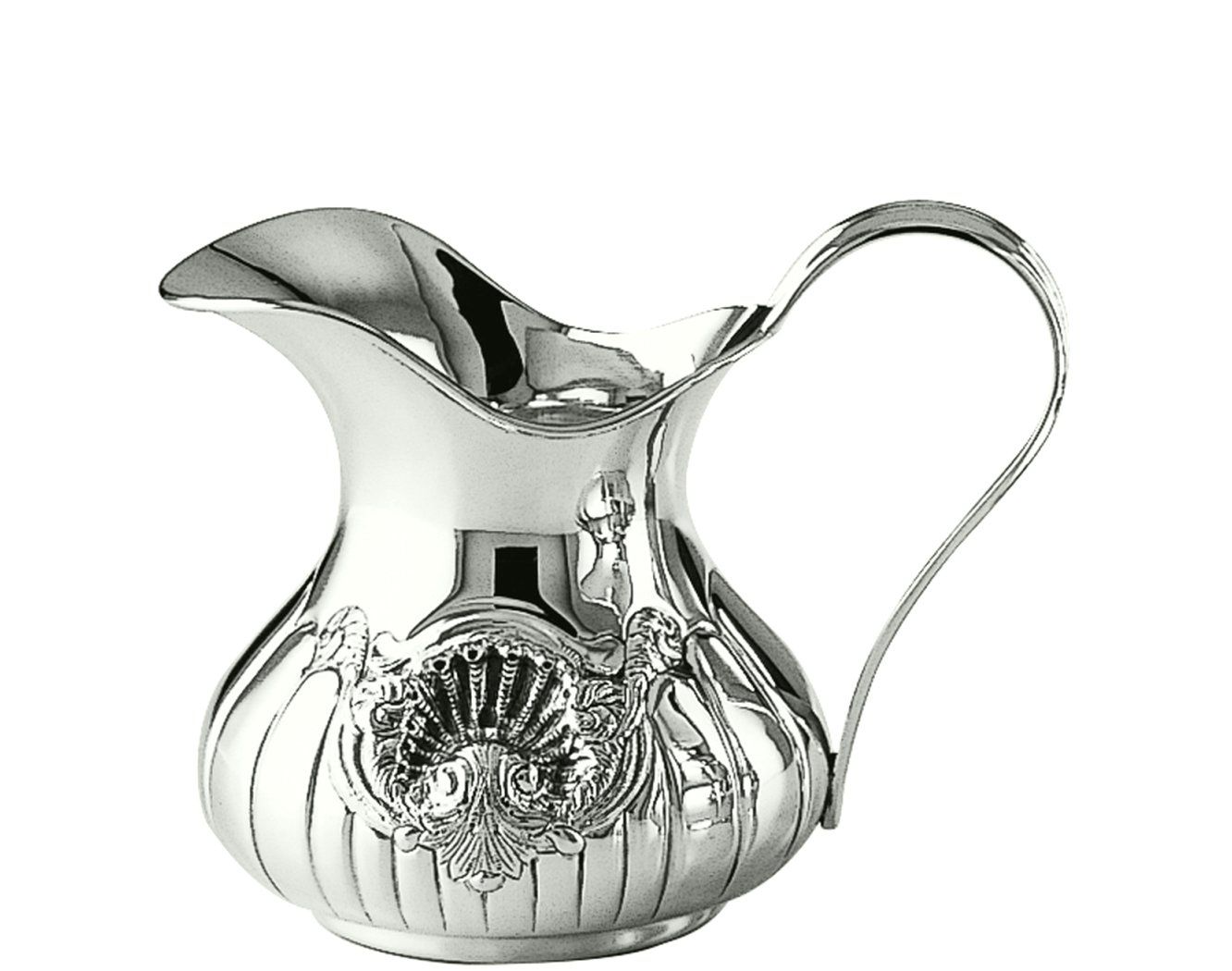
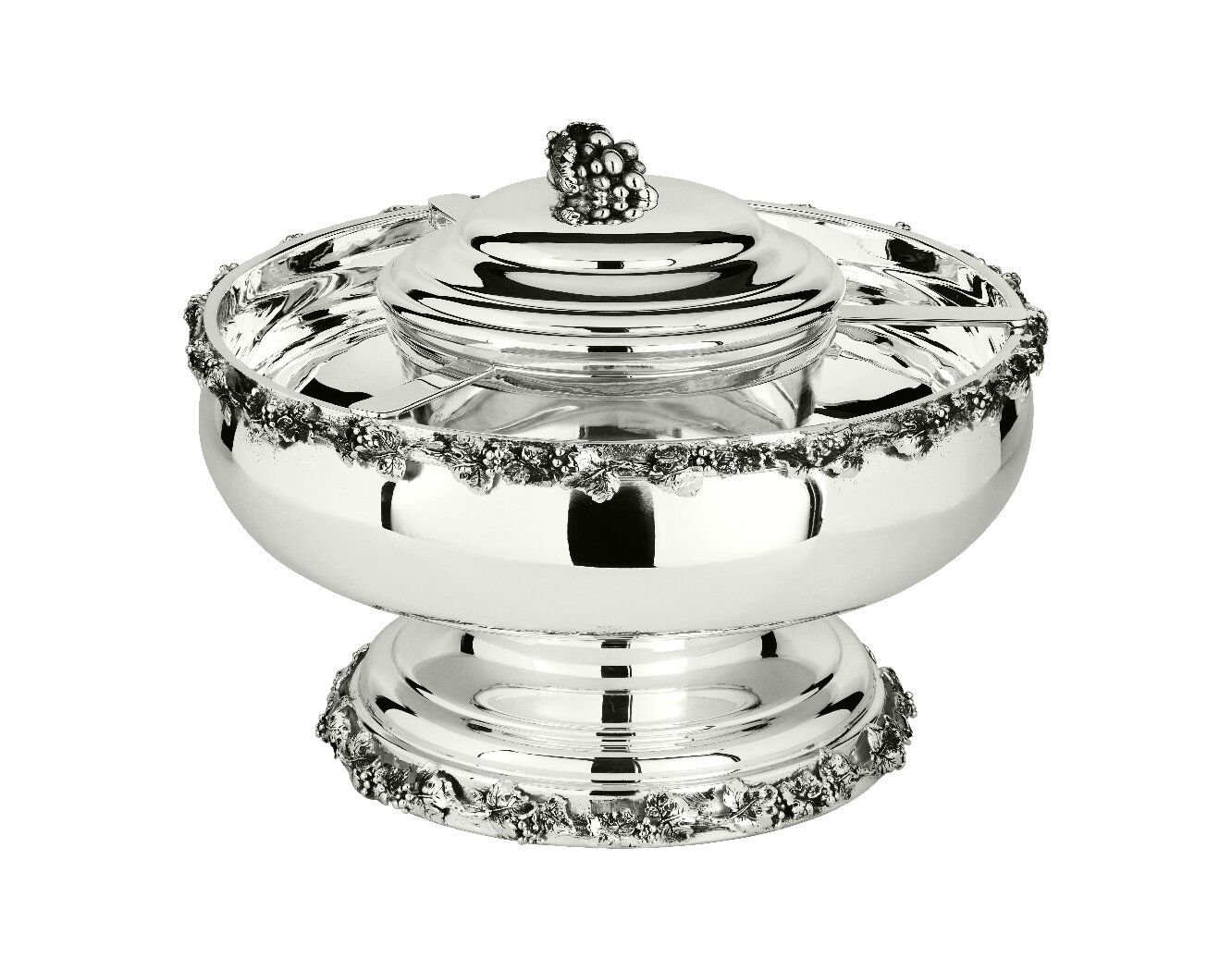
Interestingly, the old observations had a basis. Silver shows antibacterial activity. Therefore, the use of silverware and cutlery may have actually reduced the risk of infection. For this reason, the aristocracy believed that silverware protects your health, and even life. Is silverware healthy? Today we know that silver can inhibit microbial growth to a small extent. However, its use in everyday life is primarily of aesthetic and symbolic value. Therefore, this material remains a timeless sign of luxury and good taste.
Silver in tradition and the symbolism of the precious material
Silver has been surrounded by an aura of the extraordinary for millennia. In many cultures it was considered the “metal of the moon.” Therefore, it was often associated with purity, intuition and protection. In the Middle Ages, silver was believed to ward off evil forces, protect against charms, and even act as a talisman against werewolves and poisons. Hence the custom of wearing silver amulets or using wine cups.
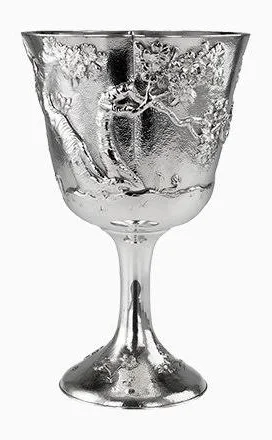
It was also no coincidence that silver mirrors symbolized truth. And silver coins – honesty in trade. In everyday practice, silver was valued for its natural antibacterial properties: silverware could keep water and food fresher for longer, reinforcing the belief in its “magical” power. To this day, silver remains a symbol of prestige and good taste, and the question of whether silverware is healthy arises regularly. The answer is that although its antibacterial effect is a fact, today we value silver mainly for its elegance, timeless brilliance and the rich tradition it brings to the table.
Is silverware healthy – the results of a recent study
Laboratory and clinical studies confirm that silver has strong antibacterial and antimicrobial properties. Mainly due to its ability to release Ag⁺ ions, which disrupt bacterial cell membranes, inhibit metabolic enzymes and cause oxidative stress in pathogen cells.
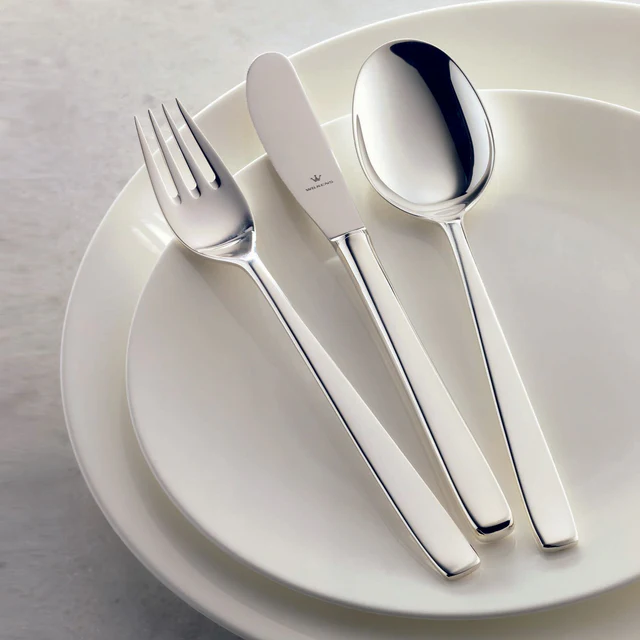
In a 2022 review article, published as “Silver as an Antibiotic-Independent Antimicrobial: Review of Current Formulations and Clinical Relevance,” the authors (e.g., a research team led by MDPI) point out that various silver formulations-from ionic silver through nanosilver ions (nanoparticles), colloidal silver, silver nitrate, and compounded silver-have shown effects against bacteria, fungi, and, in the case of nanoparticles, also wound-healing-accelerating effects and cardiovascular and dermatological. This clearly indicates the health-promoting properties of silver.
In contrast, studies by the Kim et al. team (2008, 2010) – see the article “Twenty-Eight-Day Oral Toxicity, Genotoxicity, and Gender-Related Tissue Distribution of Silver Nanoparticles in Sprague-Dawley Rats” and “Subchronic oral toxicity of silver nanoparticles” – revealed that long-term ingestion of nanosilver can lead to silver accumulation in tissues (e.g. in the liver, kidneys), variable biochemical indicators (e.g., liver enzymes, cholesterol), and, at high doses, to some liver damage.
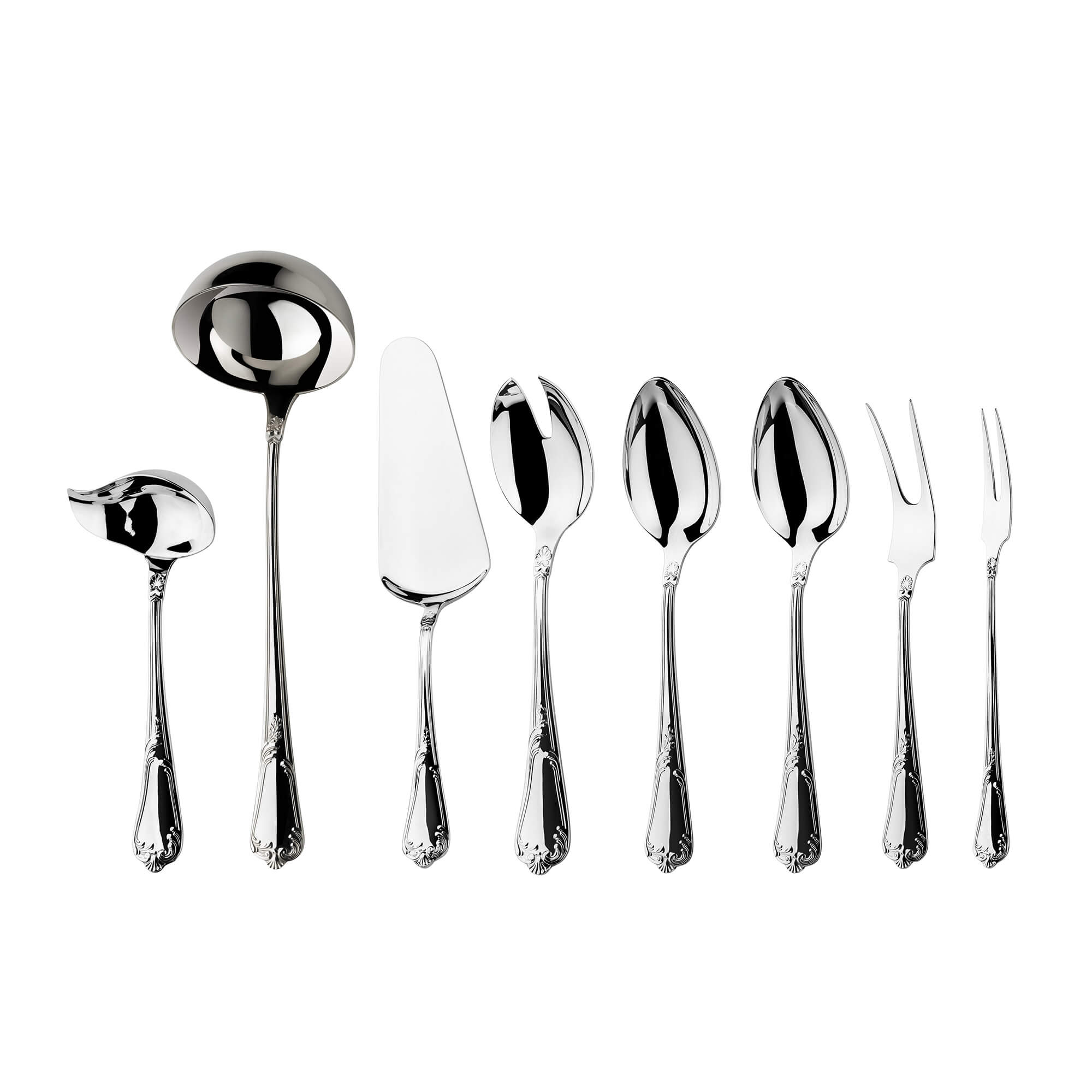
A study from India (Mount Carmel College, Bengaluru) by Sabina Shirsekar and co-authors, published in the International Journal of Ayurveda Research, tested whether silver seeps into food prepared and stored using silverware. The results showed that small amounts of silver do indeed “leak” (leach) into the food. This means that consumers may be ingesting trace amounts of the metal. The researchers suggest the need for further intervention studies that would measure silver concentrations in the blood after daily consumption of food using silverware for several weeks. On the other hand, it also indicates that silver cutlery can promote health.
Silverware – does it work like silver?
For centuries, silverware has combined luxury, prestige and practicality. In the past, it was believed that silver cutlery not only highlighted the wealth of the host, but also protected health. Modern research confirms that silver exhibits natural antibacterial properties. Silver ions inhibit the growth of many microorganisms. This could explain why water and food stored in silverware spoiled more slowly.
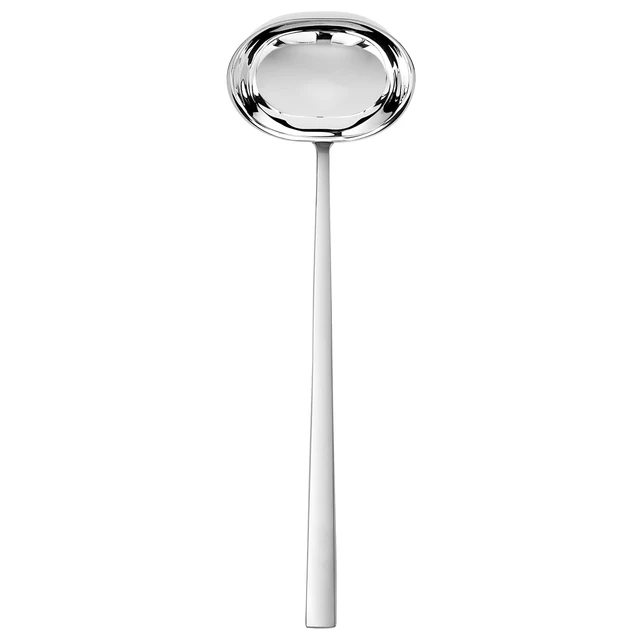
However, it should be borne in mind that classic metallic silver cutlery does not work as intensively as modern medical preparations with ionic silver or nanosilver. Thus, the amount of ions released is minimal and has no significant effect on the body. Therefore, the answer to the question of whether the use of silver cutlery is healthy is: yes. is Silver in the kitchen is safe and hygienic, as well as elegant. Although they should not be considered as a health-promoting measure. Their greatest value remains their timeless charm, a symbol of prestige and tradition, and a small “health bonus” can be considered an interesting addition to their luxury character.
Silverware in the modern home – the most important manufacturers of silver cutlery and tableware
Silver tableware in the modern home is not only an element of luxury, but also a conscious reference to the tradition of the great goldsmiths’ manufactures, which for generations have been creating cutlery and crockery that are a symbol of elegance. Among the most respected manufacturers is the Italian company Schiavon, founded in 1944 in Vincenza. The brand is known for its hand-finished sets of silver cutlery and tableware. Silver cutlery combine modern design with classic jewelry craftsmanship.
On the other hand, the German brand Wilkens & Söhne, founded in 1810 on the initiative of Martin Heinrich Wilkens, is considered one of the oldest and most prestigious silver cutlery manufacturers in Europe. That’s why its elaborate products found their way to both royal courts and the homes of the wealthy bourgeoisie. Today, such companies not only continue their heritage, but also introduce modern collections that suit the tastes of customers who appreciate minimalism and the timeless brilliance of silver.
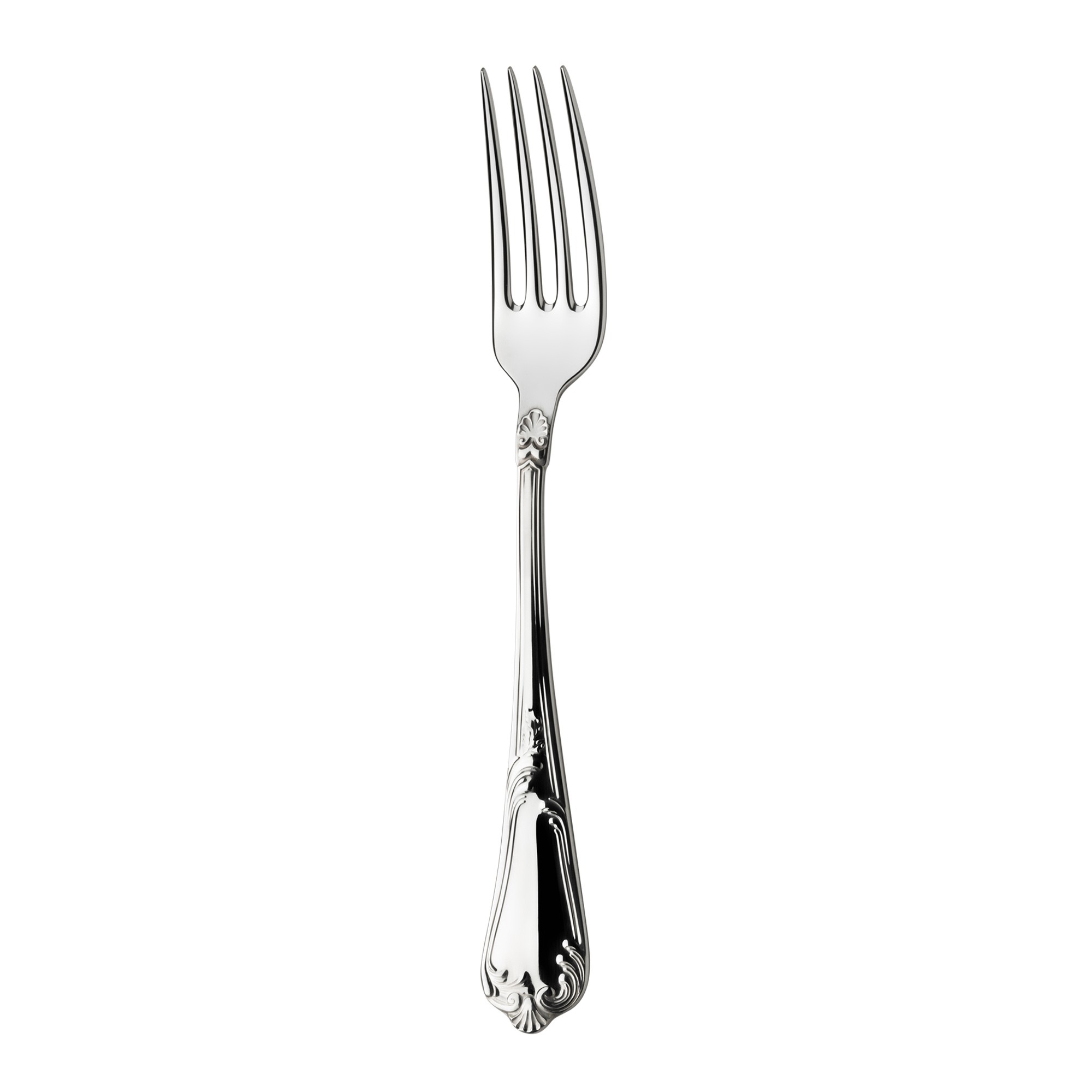
The question of whether silverware is healthy arises as often today as it used to. And while its antibacterial properties are a fact, its greatest value in the eyes of connoisseurs remains its history. So craftsmanship is important and prestige, which silver brings into the house.




